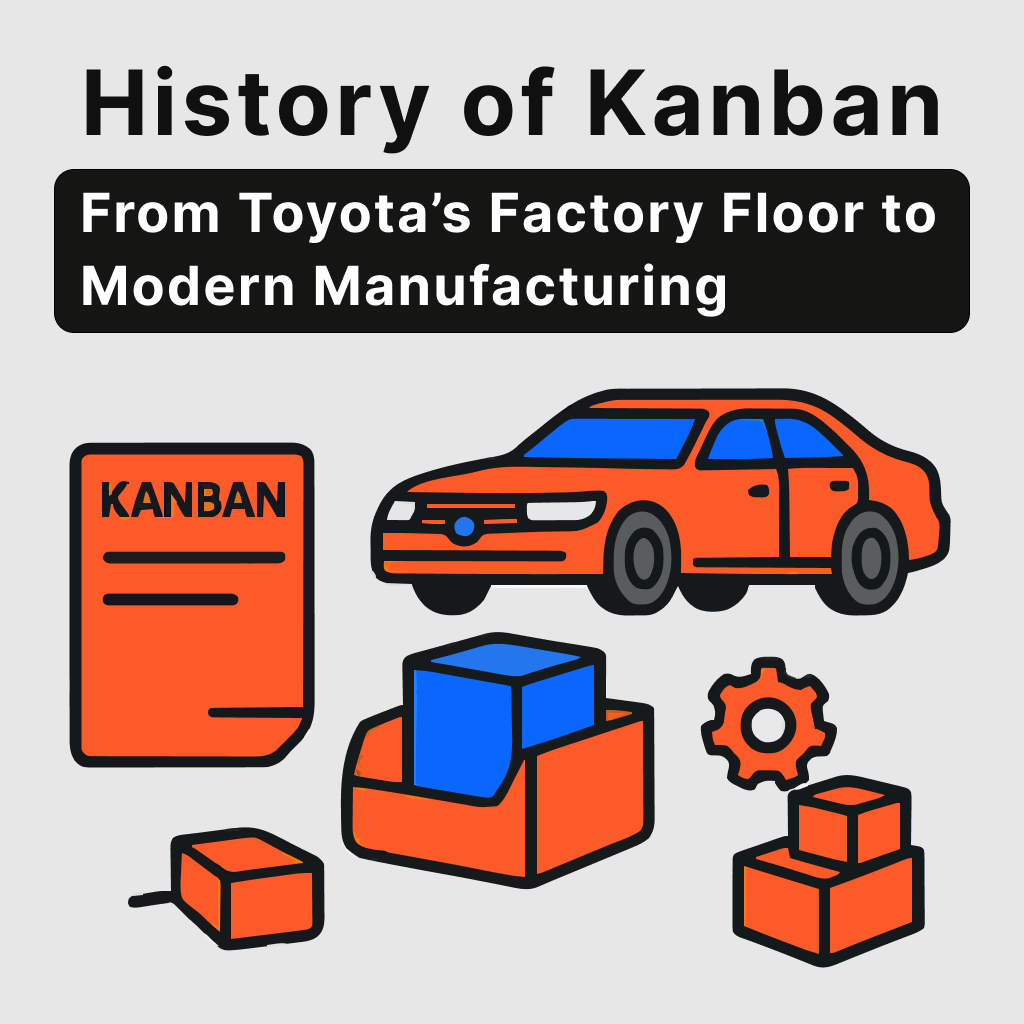Heavy Dependence on Supplier Reliability
JIT demands highly reliable suppliers that consistently deliver quality parts on time. This creates an uncomfortable dependency where your success becomes intimately tied to factors outside your direct control.
The challenge goes beyond simple delivery timing. Dependency on tiered supplier networks with limited visibility beyond Tier 1 suppliers creates vulnerability; failures at critical upstream suppliers can halt production across multiple tiers. Suppliers must consistently deliver the correct items, in precise quantities, meeting quality standards, at exactly the right time. Any variation in this performance can disrupt your operations and compromise customer commitments.
Many JIT implementations compound this risk through single-sourcing strategies designed to simplify coordination and reduce costs. While this approach can strengthen supplier relationships and improve coordination, it also eliminates redundancy and increases vulnerability to supplier-specific problems.
The Perils of Inaccurate Demand Forecasting
JIT's success depends heavily on accurate demand forecasting, but forecasting is inherently imperfect. Small errors in demand predictions can have outsized impacts on JIT systems, creating either stockouts or forcing you to abandon lean principles by over-ordering.
Market volatility makes forecasting even more challenging. Consumer preferences shift, economic conditions change, and competitive actions can all render forecasts obsolete quickly. Traditional inventory systems can absorb some forecasting errors through buffer stock, but JIT systems have no such cushion.
The forecasting challenge is particularly acute for businesses with seasonal products, new product launches, or rapidly evolving markets. In these environments, historical data provides limited guidance, and forecasting becomes more art than science.
Potential for Hidden Cost Increases
While JIT aims to reduce costs, disruptions can increase expenses through expedited shipping to recover lost time, costs to find and onboard new suppliers quickly, and revenue losses from halted production. The technology required for precise coordination between suppliers and production can be expensive, requiring investments in sophisticated planning systems and communication infrastructure.
Transportation costs often increase under JIT systems due to more frequent, smaller deliveries. Instead of receiving large shipments that benefit from economies of scale, JIT requires regular small deliveries that can significantly increase per-unit transportation expenses.
High quality control demands are essential, as defects cause immediate production stoppages, negating JIT's cost benefits. Any quality issues that slip through can have immediate impacts on production, forcing expensive rush solutions or production delays.
Stop Stockouts Before They Start
Lorem ipsum dolor sit amet, consectetur adipiscing elit. Suspendisse quis orci nec diam iaculis cursus. Curabitur fermentum lorem nec posuere egestas.
Make Free Reorder CardsHow Kanban Systems Address JIT's Weaknesses
While Just-in-Time (JIT) methodologies aim for peak efficiency, their rigidity can create vulnerabilities in today's volatile supply chains. The solution isn't to abandon lean principles but to enhance them with a system that builds in resilience. Visual Kanban systems complement JIT by providing a flexible, data-driven framework that optimizes inventory and production flow. By visualizing work, limiting work-in-progress, and maximizing flow, organizations can significantly improve their supply chain operations.
Here’s how Kanban directly addresses the weaknesses of a strict JIT approach:
- Proactive Management Through Enhanced Visibility: Kanban boards offer a real-time, visual representation of inventory levels, production stages, and potential bottlenecks. This transparency allows teams to identify emerging issues before they escalate into major disruptions, shifting from a reactive to a proactive management style. Digital Kanban systems can even generate data on lead times and cycle times, improving forecasting and supplier performance evaluation.
- Sustainable Flow with Work-in-Progress Limits: Unlike the zero-inventory goal of JIT, Kanban uses work-in-progress (WIP) limits to establish optimal inventory levels that balance efficiency with resilience. By controlling the amount of work at each stage, Kanban creates a stable and predictable workflow, reducing system stress and preventing the "feast or famine" cycles common in rigid JIT implementations. This also enhances quality by preventing teams from becoming overloaded.
- Intelligent Buffering with Pull Systems: Kanban operates on a "pull" system, where downstream processes signal the need for materials from upstream stages. This aligns production with actual demand, reducing overproduction and improving inventory accuracy. However, Kanban incorporates calculated safety buffers based on lead time, demand variability, and supplier reliability. This intelligent buffering provides the responsiveness of JIT with the security of a safety net for unexpected disruptions.
- Data-Driven Continuous Improvement: Modern digital Kanban systems provide valuable data on metrics like lead times, cycle times, and throughput. This data empowers teams to move from guesswork to evidence-based decision-making. By analyzing these metrics, you can identify trends, pinpoint bottlenecks, and continuously refine your processes. This culture of continuous improvement helps your system evolve and adapt to changing market conditions, ensuring long-term resilience and a competitive edge.
Transform Your Supply Chain Into a Competitive Advantage
The disadvantages of JIT don't mean abandoning lean principles, but rather evolving to more sophisticated approaches that preserve benefits while building resilience. Visual, data-driven Kanban systems represent this evolution, offering a path to supply chain operations that are both efficient and adaptable.
Your journey toward more resilient operations starts with understanding that perfection isn't the goal – intelligent optimization is. By implementing Kanban principles, you can maintain the cost benefits and efficiency gains that made JIT attractive while building the flexibility your business needs to thrive during volatile global conditions.
The businesses that succeed don't have the most rigid processes, but the most adaptable systems. Kanban provides that adaptability while preserving the waste reduction and efficiency focus that makes operations truly competitive.
You have the power to transform potential supply chain vulnerabilities into competitive advantages. With visual Kanban systems, you're not just managing inventory – you're building a foundation for sustainable growth and customer satisfaction that withstands whatever challenges the market presents.
%201.svg)








.svg)














.svg)
.svg)

.svg)